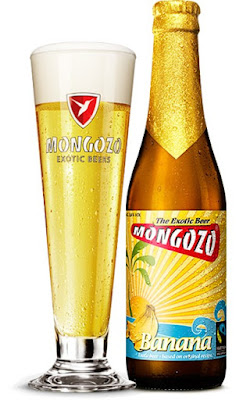Hi everyone!
I am Arthur and I am going to
tell you more about bananas is Africa.
They think that some settlers from Indonesia settled the bananas
in Madagaskar and on the Comoren. From there the bananas spread out over a big
part of Africa. Later, some Europeans brought the cultivation of bananas
over to the middle of America. There are various types of bananas unique to
Africa. The East African Highland cooking Banana (the EAHB) accounts for 70 procent of all bananas grown on this continent. The
people living in the highlands form the largest banana-consuming community from all over the
world.
You have many varieties of
bananas in Africa. Like in Tanzania, there are 20 varieties of bananas but not all of these are
suitable for eating. For example, the plantains are good for cooking and the
beer bananas are very good for making beer or wine. Of course there are also the bananas you can eat. These bananas grow everywhere and are consumed as a snack.
One of these is the Cavendish banana, which dominates the export markets worldwide. This banana is now being planted in increasing quantities on large commercial farms in
western, eastern and southern Africa.
Fun fact
Did you know that the EAHB is grown at an altitude of 1400-2000 meters above main sealevel? That's why they call it the East African 'Highland' Banana.
Did you know that seeds are not available? This means that all the bananas are grown from the shoots that appear underneath an existing
banana plant. Once the fruit is harvested the plant is cut exactly in half.
This allows all the nutrients in the plant to be directed to the smaller
shoots.


















